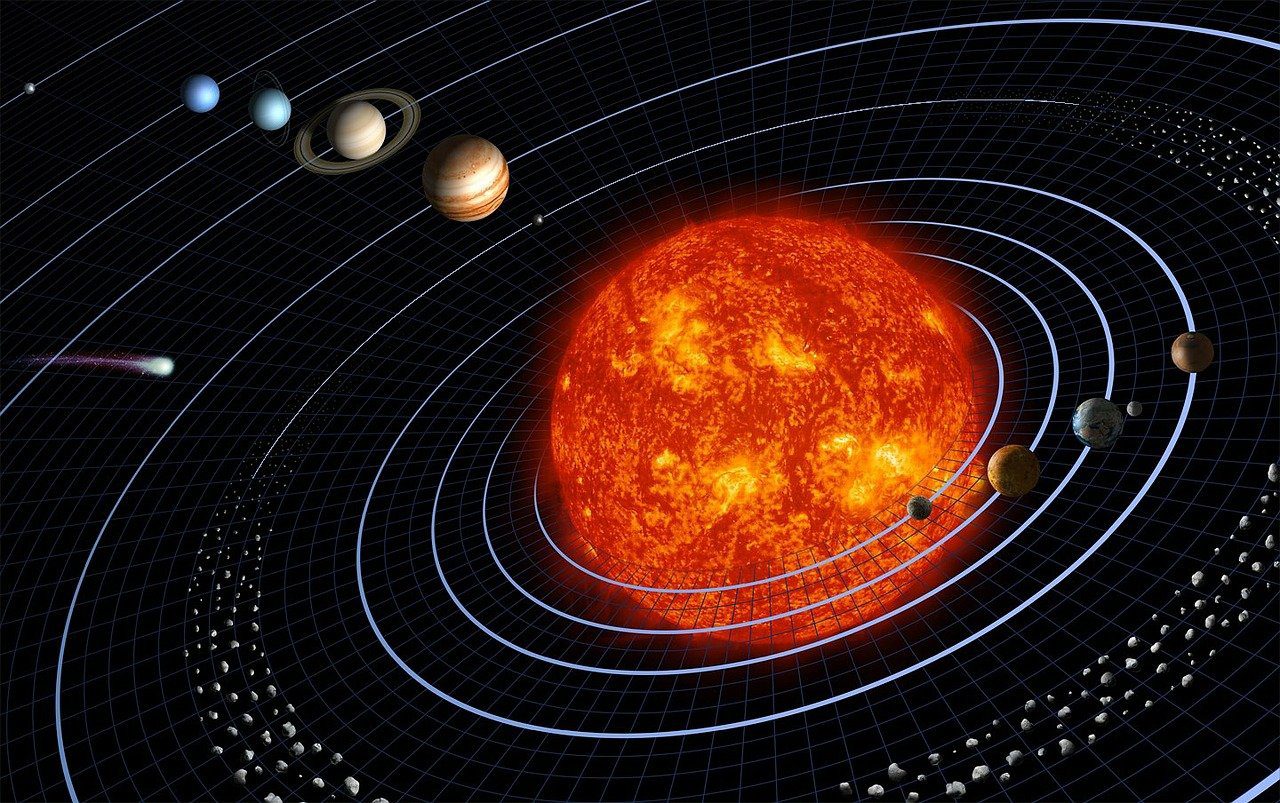Asteroids are basically relics from the time our Solar System was born, meaning roughly 4.5 billion years ago. Some of these asteroids are big enough to be potential threats. Others have even become the moons of some planets, even though many of them don’t posses a perfectly spherical shape.
When one of those huge “wiseguy” approaches our planet, we can’t help not to feel at least a bit threatened. Thankfully, the structure of our Solar System allows us to remain safe from pretty much all of such asteroids that could pose a threat, and it will happen again in just a few days!
The 7335 (1989 JA) asteroid will pass by our planet on May 27
Livescience.com reveals that on May 27, a huge asteroid known as 7335 (1989 JA) will pass by our planet, as NASA’s CNEOS (Center for Near-Earth Object Studies) claims.
The asteroid is 1.8 kilometers in diameter, or about four times larger than the Empire State Building, making it potentially destructive. NASA also classifies it as “potentially hazardous.” However, we all should be glad that Earth is not in its trajectory – 1989 JA will safely pass by at a distance of about 4 million kilometers.
Considering NASA’s calculations, there’s no chance for an asteroid to hit Earth in the next 100 years. However, there are plenty of such space rocks to look out for, as astronomers are tracking a few of them that could be dangerous one day.
The asteroid belt that’s located between the orbits of Mars and Jupiter is the place where over a million inactive asteroids exist. For the Universe, the distance between Earth and that place is practically nothing. But for us, it’s about 179.5 million kilometers. That’s more than the distance that separates our planet from the Sun!












Leave a Reply